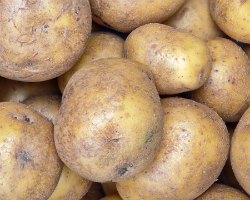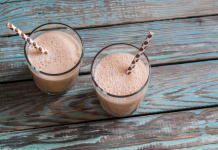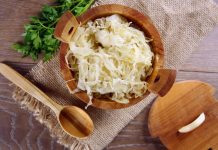
Potatoes are a vegetable, and contain the following nutrients, provided you eat the skin as well as the flesh: vitamins A, B, C, minerals potassium, iron, phosphorus, and calcium and some protein. With the skins on, they are a good source of fiber, 4.8 grams per medium potato and a healthy low fat carbohydrate, containing approximately 50 grams. Start making mashed potatoes with the skins on!
A whole baked potato is a great healthy snack after sports. Eaten before bed, it helps insomnia and balances blood sugar levels for some people. Usually potatoes are laden with sour cream and butter, okay if you are tolerant of dairy products, but there are many alternative toppings, for example, chili, salsa, pesto and creamy sauces made with nuts or seeds. Try a pat of butter, and gomazio (a mixture of sesame seeds and sea salt), or hemp seeds.
Those who shy away from potatoes do so because they are a ‘starch’. We do consume a lot of empty processed starches in our diet such as white breads, cereals not made with whole grains, and all kinds of unhealthy desserts. The inside of the potato only, mashed or cooked in any form is a high carb food. It is this which I would avoid if I wanted to lose weight or balance my blood sugar or just have nutrient dense whole food. Potato flesh is high on the glycemic index, meaning it turns to sugar quickly in the body. Putting fat on it, such as a pat of butter or sour cream slows down the absorption rate, as does eating the potato with a source of protein. Potatoes are a member of the nightshade family, and some individuals, especially those with arthritis, may be sensitive to them.
So, the short answer is don’t leave potatoes out of your diet, but eat the skin with it. With a serving of protein and veggies the potato contributes to a well balanced meal.
For a great, healthy potato recipe, try these Speedy Potato Pancakes.










